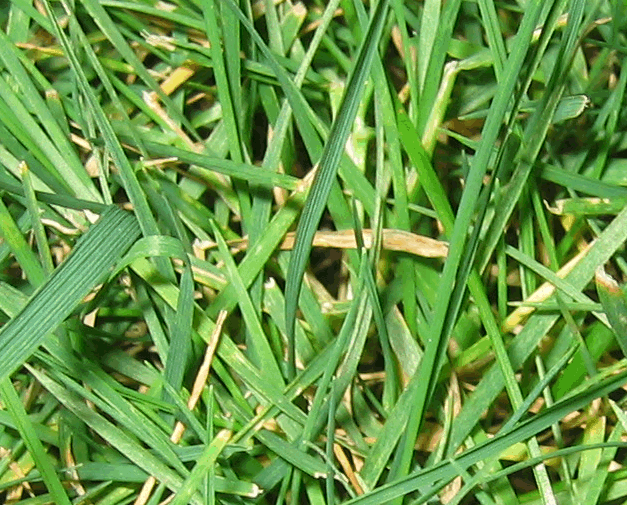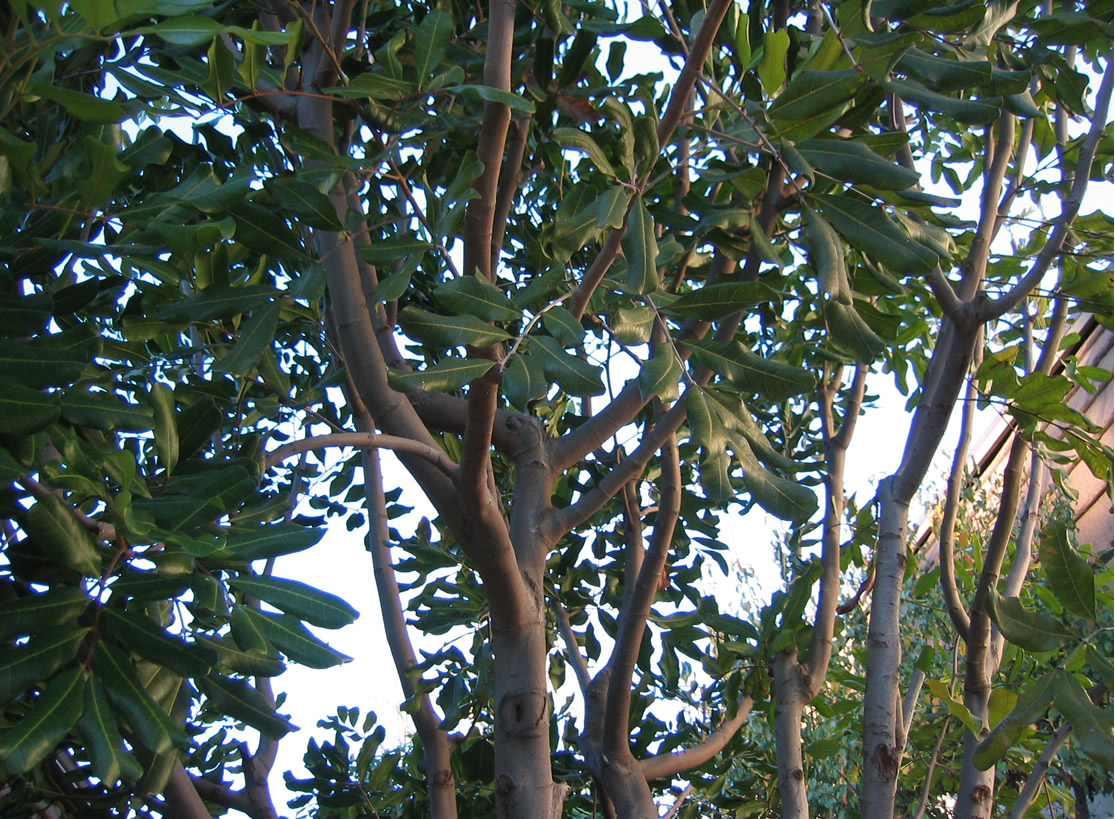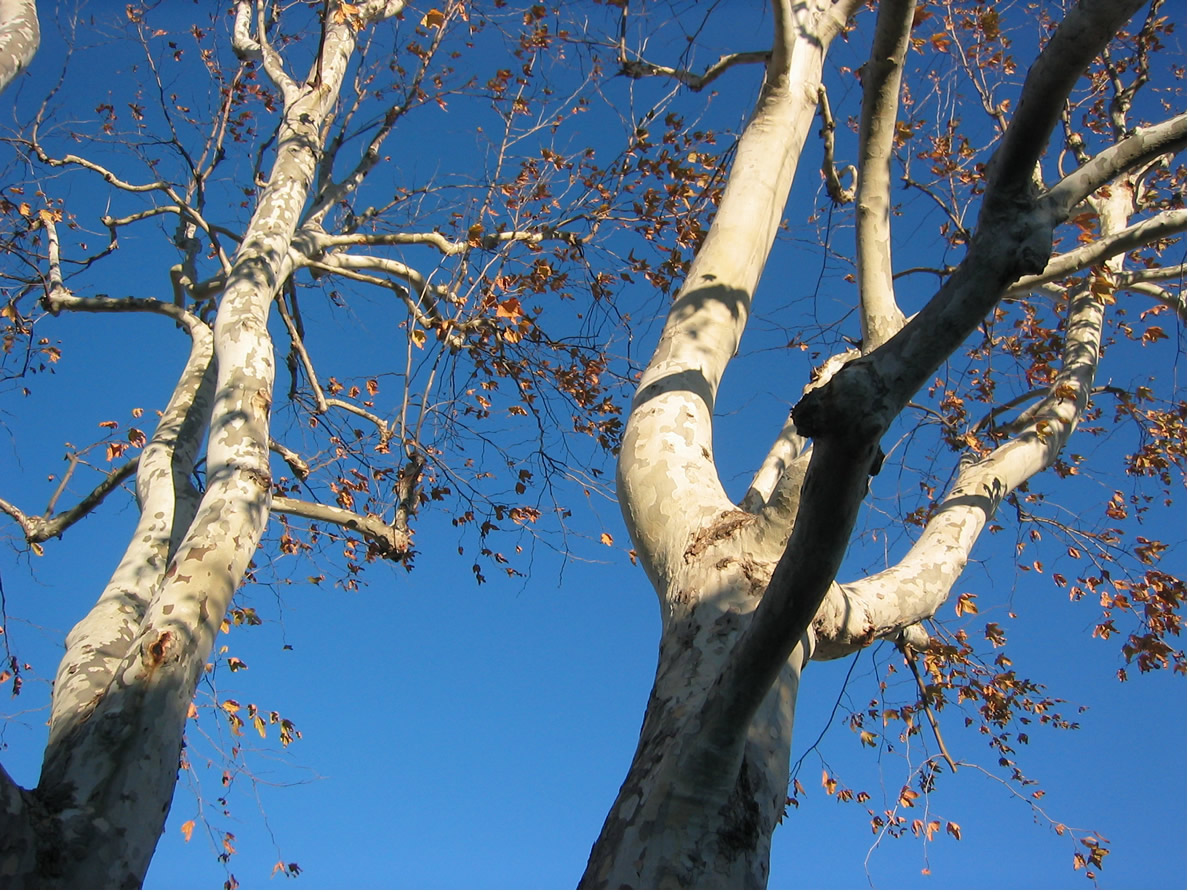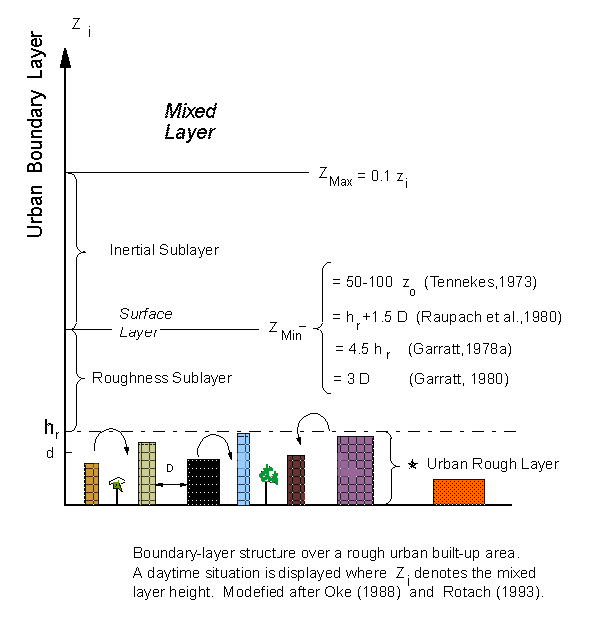
The model being able describing the numerous - thousands, tens of thousands, and millions elements of agricultural or urban phytocenosis', should definitely include the language of scaling - the transition description of a model of a single phyto- object and the meteorological field with which it interacts up to the numerous objects inside the characteristic Represenatative Elementary Volume (REV) together with the meteorology fields scaled for that volume.

Approximately this scale can be designated as the few millimeters - ten centimeters scale [10^(-3)-10^(-1)]m.

A few centimeters - tens centimeters scale [10^(-2)-10^(-1)]m.

Up to a meter size scale [10^(-1)-10^(0)]m.

The whole tree elements scale is up to the ten meters scale [10^(0)-10^(1)]m with the volume involved to fit into it few or many phyto-objects. Much more sizes required in horizontal directions.
Obviously, to describe the morphology of each and many phyto-elements and their interaction with the meteo-elements, such as the air velocity, humidity, temperature, radiation, etc. there must be reasonable segregation of scales as well as the subjects selected for these scale physical and mathematical models to address.
As soon as the total body of phytocenosis' elements are immersed into the Atmospheric Boundary Layer which we would like to describe as we did that for the Urban Boundary Layer

we are being granted the same ability to consider this modeling problem as the two - or three scale heterogeneous media and apply the same universal mathematical tools given by HSP-VAT. This ideology with regard of heterogeneous media was widely accepted and used in the agro-meteorological community with the main distinction. The modeling mathematics was used as for the one scale non-averaged one space homogenized media with the homogenized physical impacts.
That was the situation until ~80-th when researchers in few countries started to develop the Averaged Modeling tools and Governing Averaged Equations for these phenomena.
We speak on these issues in
"Urban Air Pollution - Introduction to the Two Scale Modeling"
with some initial detailing.
Shcherban, A.N., Primak, A.V., Travkin, V.S., "Simulation of Mass- and Heat Transfer Under Atmospheric Air Pollution in Towns and Industrial Centers", Prom. Teplotekhnika, Vol.5, No.4, pp.96-104, (1983), (in Russian).
Shcherban, A.N., Primak, A.V., and Travkin, V.S., "Mathematical models of flow and mass transfer in urban roughness layer," Problemy Kontrolya i Zaschita Atmosfery ot Zagryazneniya," No.12. pp.3-10, (1986a), (in Russian).
Shcherban, A.N., Primak, A.V., and Travkin, V.S., "Turbulent Transfer in Urban Agglomerations on the Basis of Experimental Statistical Models of Roughness Layer Morphological Properties", Trans. World Meteorol. Org. Conf. Air Pollution Mod. & Applic., WMO, Geneva, V.2, pp.259-266, (1986b).